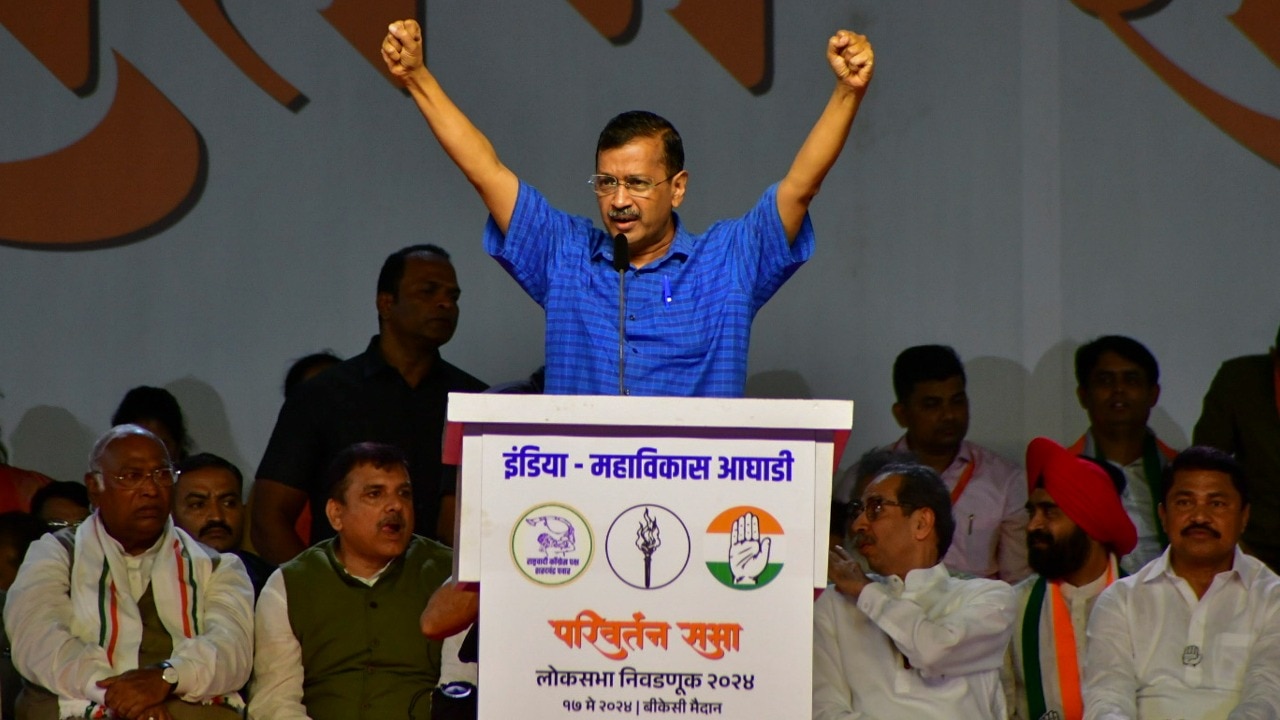The world got a glimpse of the idol of Ram Lalla after Prime Minister Narendra Modi completed the 'pran pratishtha' or consecration ceremony on Monday. "Ram Temple's construction is a reflection of Indian society's maturity. It's an occasion of not merely triumph but humility too," PM Modi said during his spech after the consecration ceremony.
After the 'Pran Pratishtha' ceremony at the Ram Mandir, PM Modi visited the Kuber Tila in Ayodhya and offered prayers at the Shiv temple.
HOW DID KUBER TILA GET ITS NAME?
The Kuber Tila, located in the southwestern part of the Ram Janmabhoomi complex, houses the ancient temple of Lord Shiva, which was recently restored.
A bronze idol of 'Jatayu', the giant vulture-like mythical bird that valiantly fought Ravan to stop him from abducting Sita, has also been installed at the historic Kuber Tila.
The tila, or small hill, is named after Kuber, the God of wealth. It is believed that Kuber came to the tila and was the first to worship Lord Ram. He is said to also have established a Shivling near the birthplace of Lord Ram.
Later, idols of nine deities, including Kuber, Lord Ganesha, Goddess Parvati, were established there. Thus, the place is also called 'Nine Ratna'.
Apart from being a religious place, Kuber Tila also holds historical importance and played a key role during the Indian freedom struggle. The Kuber Tila, a stone's throw away from the Babri Masjid demolition site, is also hailed as a symbol of Hindu-Muslim unity.
ROLE OF KUBER TILA IN INDIA'S INDEPENDENCE MOVEMENT
In fact, the Kuber Tila saw the First War of Independence, with Hindus and Muslims joining hands against the British.
On June 30, 1857, a unified army of Hindus, Muslims, and Sikhs of the 22 Bengal Native Infantry clashed with the British in the Battle of Chinhat, which is known as the First War of Independence.
The battle, which saw Hindus and Muslims launching their offensive carrying Lord Mahadev (Shiva) and Islamic flags, ended with the defeat of the British East India Army led by Henry Lawrence.
A similar revolt broke out in neighbouring Faizabad. This time, the 22 Bengal Native Infantry received support from sadhus and maulvis to ward off the British. In this battle, Hanumangarhi Mahant Ram Charan Das and Maulvi Amir Ali played a key role in uniting both the communities and jointly taking on the British forces.
The deal between Baba Ram Charan Das and Amir Ali frustrated the British government. The valiant resistance put up by the Hindus and Muslims saw Faizabad remaining free from British rule betwen July 1857 and March 1958.
However, on March 3, 1958, the British stormed Lucknow and captured it. Faizabad, too, was captured days later.
MAHANT AND MAULAVI EXECUTED AT KUBER TILA
The British, seeking revenge for their loss a year ago, hanged the leaders of the Faizabad revolt -- Mahant Ram Charan Das and Maulvi Amir Ali -- from a tamarind tree at Kuber Tila on March 18, 1858.
Months later, locals started building Hindu and Muslim memorials in the memory of Mahant Ram Charan Das and Amir Ali at the Tila. However, the British were against it and saw the unity between the two communities as a threat to their existence.
Seeing the opposition to the memorials, a group of peasants, under the leadership of Pandit Shambhu Prasad, led an armed rebellion against the British but were killed. In November that year, Shambhu Prasad was also hanged by the British.
Published By:
Abhishek De
Published On:
Jan 22, 2024

 3 months ago
71
3 months ago
71








 English (US) ·
English (US) ·